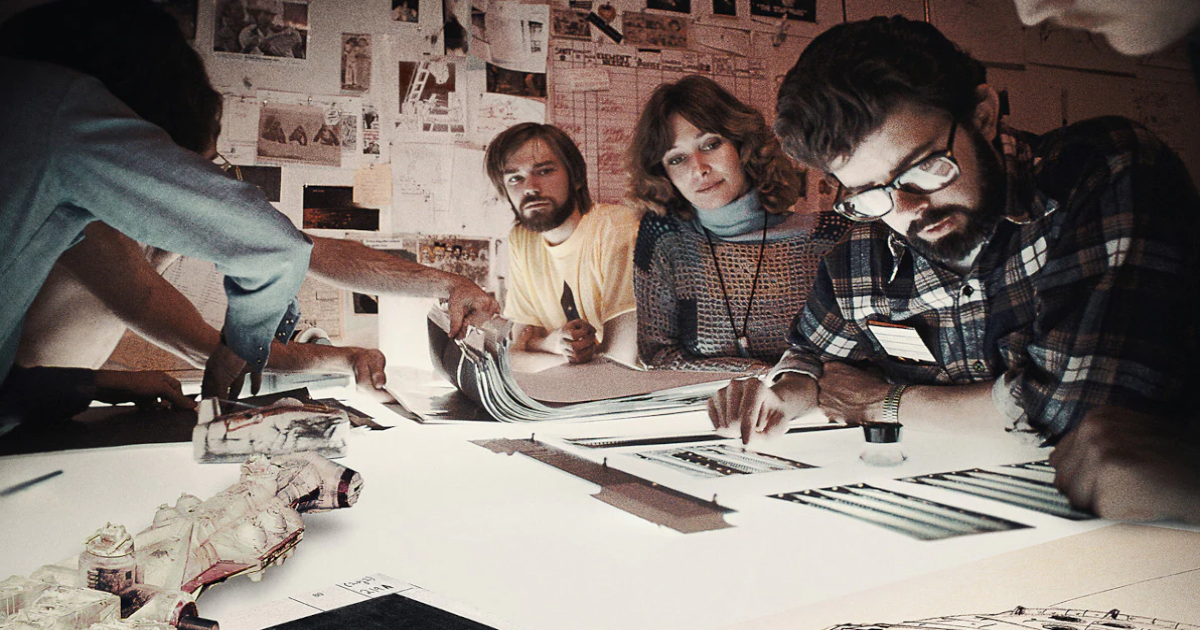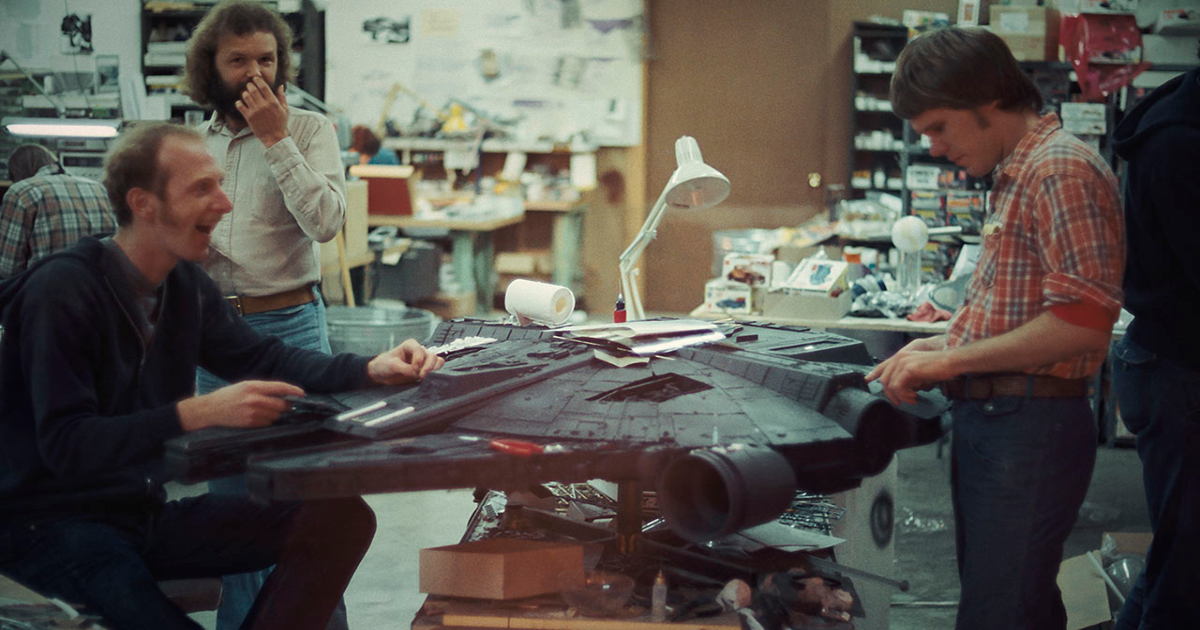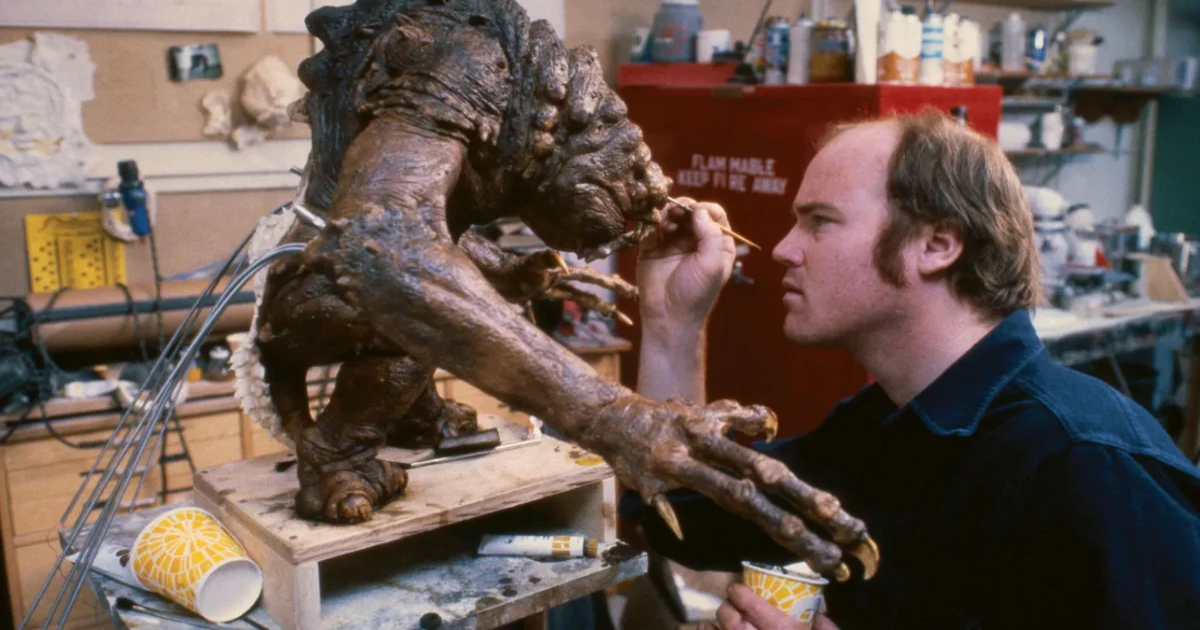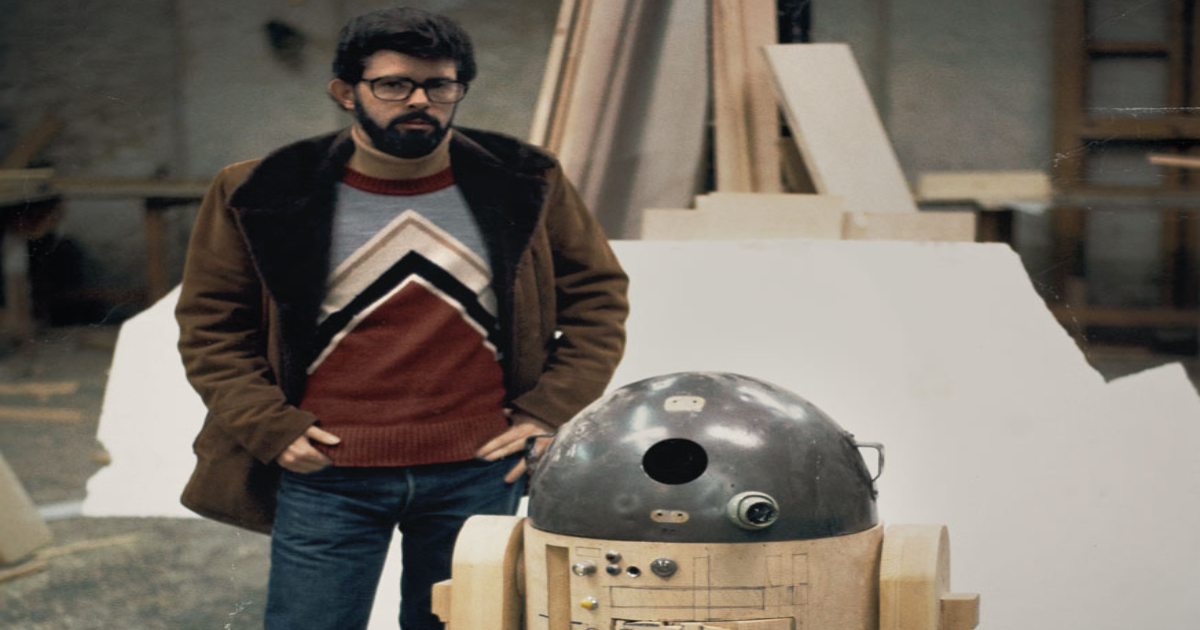Industrial Light and Magic has been a leader in the visual effects industry since its inception in the 1970s. The visual effects company, founded by Star Wars creator and director George Lucas, has pioneered advancements in visual effects from the very beginning, whether it be with their intensive model work on Star Wars or with their embracing of digital effects in the 1980s and ‘90s.
In late July, Disney+ quietly released a new six-part documentary series called Light & Magic, which chronicles the adventures of ILM starting from the very beginning and continuing all the way up into the modern day. While ILM is a company that has worked on infinitely more than just the galaxy far, far away, the docuseries has a particular focus on how instrumental Star Wars was to the company’s success and how George Lucas was always looking to push the boundaries of what is possible in the world of filmmaking. If you are even remotely a fan of Star Wars, then you need to watch Light & Magic.
An In-Depth Behind-the-Scenes Adventure
Light & Magic provides an immensely thorough behind-the-scenes look at the groundbreaking visual effects of Star Wars. It doesn’t jump randomly from movie to movie; rather, it follows the creative team at ILM over time and showcases how they tackled each film as they were produced. Naturally, it starts with the original film, released in 1977. The first two episodes of the series are completely dedicated just to just telling the story of how the effects of the original Star Wars came to be. It shows Lucas assembling the team and then how they all worked together in an almost college dorm-like environment to create effects that were unlike anything that had been put to screen before. The series goes in-depth on all the modeling work, matte paintings, compositing, and everything else that was done to make the effects of Star Wars as groundbreaking as they were.
With each episode of Light & Magic, the series pushes forward into the work done on The Empire Strikes Back and Return of the Jedi. Importantly, the series also highlights many of the other major projects that ILM tackled between and after their Star Wars endeavors. Other films touched on in the docuseries include the Indiana Jones franchise, E.T., Poltergeist, Ghostbusters 2, Willow, Terminator 2, and many, many more. With each of these films, Light & Magic not only introduces you to the people that made the insane visual effects happen, but it also explains in immense detail how exactly they did it all. Thankfully, seeing how these effects were done does not feel like a magician revealing their secrets. It doesn't suck all the fun and wonder out of the films, if anything Light & Magic actually adds to it. By seeing how ILM crafted these effects, they only become more impressive and bewildering.
A Thorough Timeline of the Series
The first three-to-four episodes of Light & Magic are largely focused on the original Star Wars trilogy and a few other contemporary films of the time. By taking its time and really getting into the nitty-gritty of the time dedicated to the effects work on those films, the series does an excellent job of establishing a comprehensive timeline in which all of this happened. It easily flows from one film into the next, but it doesn’t forget to showcase what exactly the folks at ILM were doing between Star Wars adventures. By exploring the timeline of events so meticulously, Light & Magic puts the viewer in the ILM environment and makes them feel as if they are witnessing everything happen in real-time. The effect this has on the viewer is two-fold, depending on how old they are. If they were around when the original trilogy was being released, then it transports them back to relive much of that excitement. But, if they were born long after the original films were released, then it is an eye-opening experience that is like hopping in a time machine to go back and witness everything themselves.
An additional fun aspect of how the timeline of events develops throughout Light & Magic is the initially gradual but then sudden introduction and takeover of computer effects. The earlier episodes of the series establish the few instances in which ILM utilized minor computer graphics, but the latter half of the series shows how quickly and dramatically that all changed with films like The Abyss, Terminator 2, and Jurassic Park. The series documents the scary and exciting challenges ILM faced in passing the torch from practical effects to digital. It really hammers home how rapidly the technology evolved and how, in a matter of only ten or fifteen years, computer effects went from neat little additions to a complete domination of the cinematic experience. It’s incredibly interesting to see how exactly that change occurred and how the visual effects industry at large responded to it. This culminates with everything at ILM (and in Light & Magic) ultimately coming full circle with the development of the Star Wars prequels, which were some of the first major films to entirely embrace digital effects.
Beyond just the transition from practical to digital effects, Light & Magic also showcases the various other technologies that emerged from the teams at ILM. Whether it be the re-invention of motion-control cameras in the '70s, the creation of a program that eventually became Photoshop or even the entire animation studio of Pixar, the series highlights the numerous game-changing advancements in technology that have their roots in the offices at ILM. The series shows how each of these advancements were made and how they were driven mostly by curiosity and experimentation from the ILM teams. So while the series gives a really solid timeline of Star Wars’ evolution, it also shows how dramatically technology evolved during that same short period of time.
The Original Creative Rebellion
From the perspective of a Star Wars fan, one of the most satisfying aspects of Light & Magic was seeing much of the franchise's original creative team back on screen, both through archival footage and new interviews. George Lucas, specifically, was a key part of this docuseries. Since Disney purchased Lucasfilm from him back in 2012, Lucas has largely been out of sight and not involved with Star Wars. The man who invented the galaxy far, far away has almost entirely disappeared from it over the last decade. However, he is one of the individuals featured the most in this series. He emerged from the shadows to conduct all of these very in-depth interviews about the making of Star Wars and the founding of Lucasfilm and ILM, and it is genuinely thrilling to see him again. Without going into details, he even discusses The Mandalorian and the new Stagecraft volume technology used in the series. Many of Lucas’s creative partners, such as Steven Spielberg, James Cameron, Kathleen Kennedy, and Robert Zemeckis also contributed to the series.
There are many other key Star Wars figures that play a role in this series as well. The entire documentary is directed by Lawrence Kasdan, one of the screenwriters behind The Empire Strikes Back, Return of the Jedi, The Force Awakens and Solo. All the other key creators behind Star Wars at ILM are also involved in this series. Dennis Muren, Lorne Peterson, Phil Tippett, Ken Ralston, Joe Johnston, John Dykstra, and so many more all add their own perspectives and experiences to the story of this series. The result is that Light & Magic is all-encompassing in the way it explores the legend of ILM. It doesn’t shy away from the drama that occurred between members of this creative team, but it never loses its focus on the wonder of it all.




